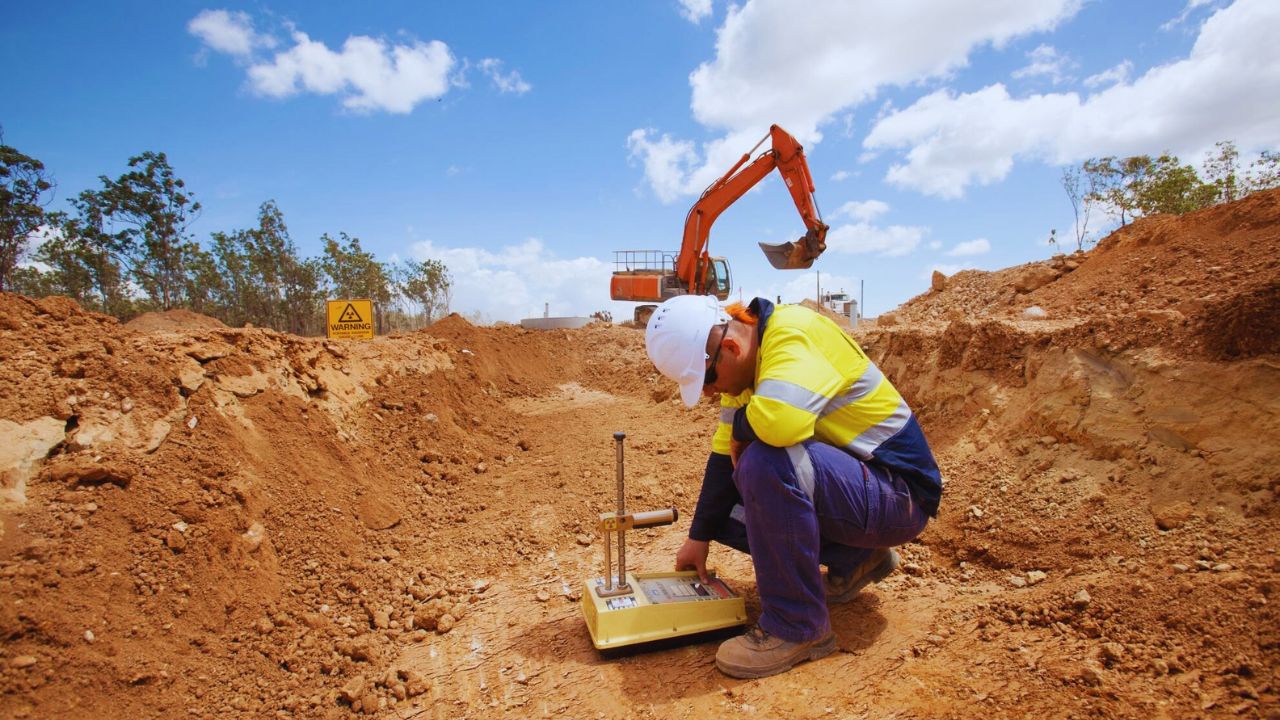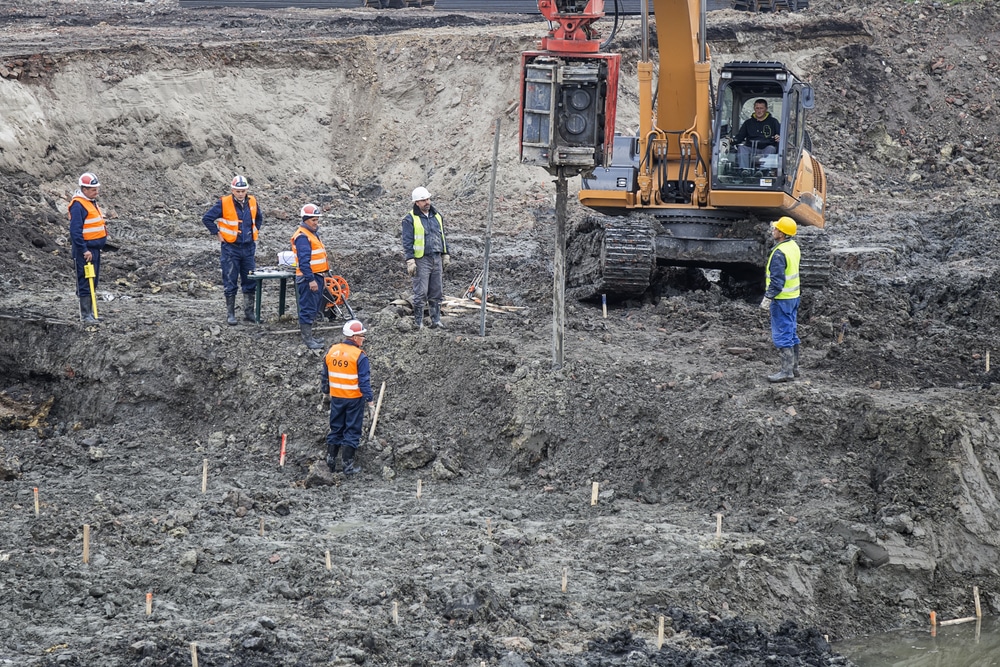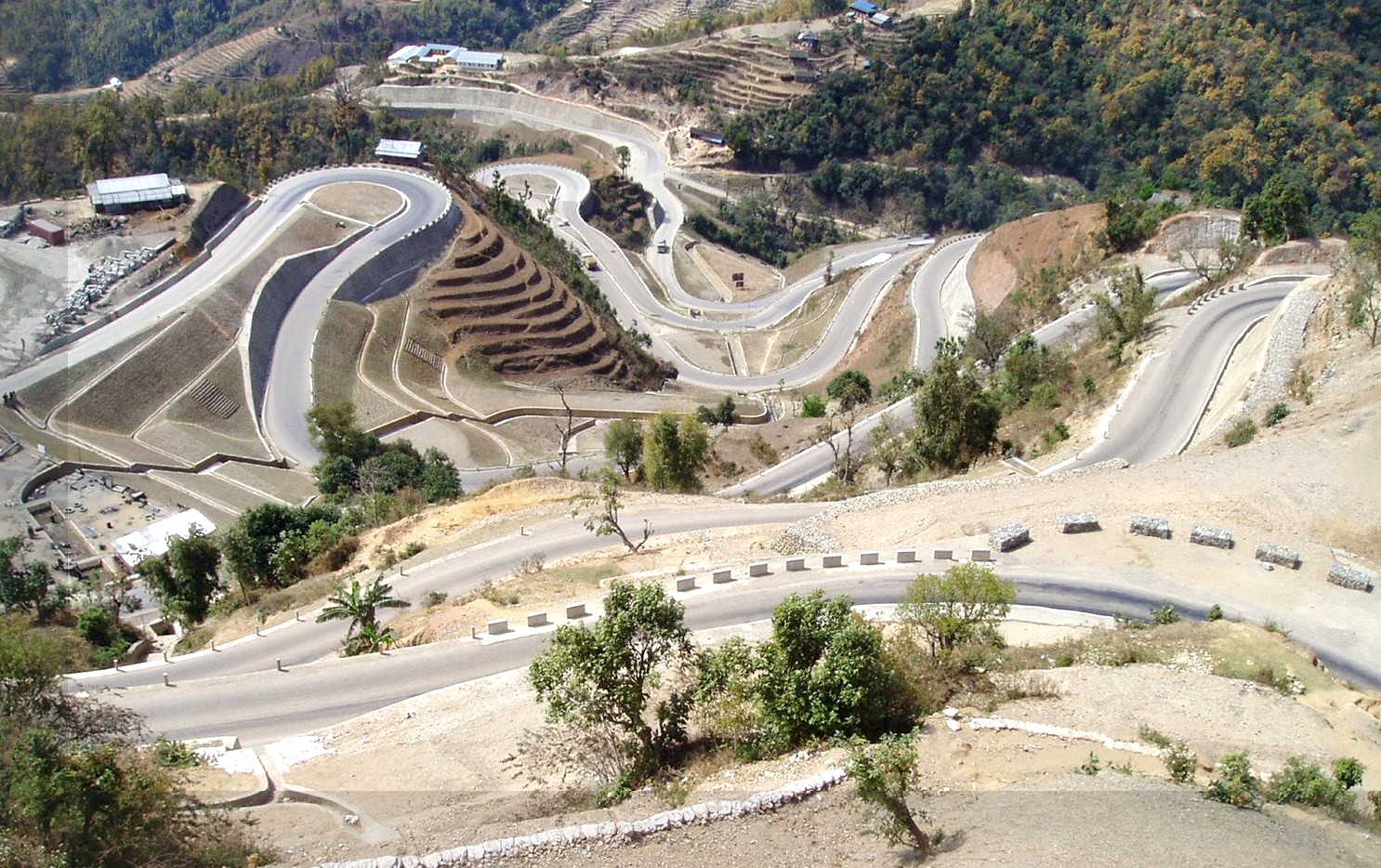Geotechnical Engineer Description: What to Get out of These Professionals
Wiki Article
A Comprehensive Introduction of Geotechnical Design Techniques and Their Effect On Modern Civil Engineering Projects
Geotechnical engineering acts as the backbone of modern civil design, providing vital strategies that deal with the intricacies of subsurface conditions. The interaction of soil evaluation, structure design, and ingenious technologies forms the integrity and sustainability of facilities jobs. As we explore these methods, it ends up being clear just how critical they remain in mitigating prospective threats related to construction. The ramifications of these strategies prolong past simple safety; they additionally influence job efficiency and environmental factors to consider, elevating crucial questions concerning future innovations in the area. What stays to be revealed is the transformative potential of these advancements on metropolitan growth.Importance of Geotechnical Engineering
Geotechnical engineering functions as an essential foundation for civil engineering projects, affecting the security and security of frameworks. This discipline concentrates on the behavior of soil and rock materials, providing essential understandings that direct the layout and building and construction processes. By recognizing the communication in between the earth and crafted structures, geotechnical designers can evaluate risks related to ground conditions, such as settlement, slope stability, and liquefaction.The value of geotechnical design expands beyond plain architectural stability; it plays an essential function in environmental security and sustainability. Effectively carried out geotechnical analyses make sure that tasks minimize their ecological impact and adhere to regulatory requirements (geotechnical companies in south africa). Furthermore, geotechnical design contributes in website choice, allowing designers to identify ideal places for building that reduce prospective risks.
On top of that, geotechnical engineering promotes innovation in civil design by progressing techniques for ground improvement, structure layout, and excavation. The technique's payments are critical in resolving obstacles posed by differing dirt problems, therefore facilitating secure and effective framework growth. Generally, the importance of geotechnical engineering is critical in making sure that civil engineering projects are not just practical yet also resilient against natural and manufactured misfortunes.
Key Techniques in Geotechnical Engineering

One more important technique is dirt stabilization, which involves modifying soil homes to boost load-bearing capability or minimize settlement. Methods such as adding concrete, lime, or using geosynthetics are commonly utilized to attain dirt improvement.
Ground improvement methods, including dynamic compaction and vibro-replacement, are likewise essential. These approaches aim to densify loose or soft soils, improving their stamina and reducing liquefaction potential in seismic locations.
Maintaining frameworks, such as sheet heaps and soil nailing, are utilized to support excavations and protect against dirt activity. Furthermore, slope stablizing strategies, including water drainage systems and maintaining walls, are vital for minimizing landslide dangers.

Soil Analysis and Examining Approaches
Reliable dirt evaluation and screening approaches are crucial for comprehending the chemical and physical residential or commercial properties of dirt, which directly affect design choices. A thorough evaluation of soil qualities is necessary for anticipating actions under various loading problems and ecological influences.Typical soil screening methods consist of both area and lab techniques. Field examinations, such as the Standard Penetration Test (SPT) and Cone Penetration Examination (CPT), supply instant insights into soil thickness, stratification, and toughness. These tests aid designers examine website conditions successfully before more substantial lab evaluations.
Research laboratory screening techniques, such as Atterberg limits, grain size distribution, and compaction tests, are crucial for establishing dirt plasticity, wetness content, and optimum compaction levels. Moreover, advanced techniques like triaxial tests and combined undrained (CU) examinations provide useful information on shear strength and reliable stress parameters - about geotechnical engineering.
Chemical testing, including pH, electric conductivity, and natural web content analysis, is likewise vital for comprehending potential soil contamination and its effect on building products. Jointly, these dirt evaluation and screening approaches form the structure of informed decision-making in geotechnical engineering, making certain the safety and security of modern-day civil design tasks.
Structure Layout Approaches
Foundation layout techniques are essential in making sure the security and durability of frameworks. These methods can be classified right into shallow and deep structures, each fit to details soil problems and loading circumstances. Superficial foundations, such as spread footings and floor covering structures, are commonly used when surface dirts have appropriate bearing capacity. They distribute the tons over a larger area, reducing negotiation dangers.On the other hand, deep structures, consisting of heaps and drilled shafts, are employed when surface dirts are insufficient or weak for sustaining the framework. These foundations transfer lots to much deeper, extra secure soil or rock layers, making them crucial for skyscrapers and bridges in difficult geotechnical problems.
Picking the ideal foundation design entails detailed geotechnical examinations, including dirt composition, bearing capability, and groundwater problems. Engineers need to think about elements such as negotiation, side tons, and potential seismic activity to make certain the foundation's performance over time.
Ultimately, a well-executed structure design is a critical element of civil engineering, straight affecting the security, durability, and performance of structures. geotechnical engineer description. By lining up structure types with site-specific problems, engineers can efficiently mitigate risks associated with foundation failure
Developments Shaping Civil Design

Sustainable materials, such as high-performance concrete and recycled accumulations, are also gaining grip, advertising eco-friendly methods while maintaining architectural integrity. Furthermore, advanced geotechnical techniques, such as ground improvement and deep mixing methods, are improving the security of structures in difficult soil conditions.
Furthermore, using drones and remote picking up innovation is improving site keeping track of and surveying, providing real-time information that aids in handling building and construction progress and security. The application of ingenious building and construction techniques, such as modular and premade building, additionally accelerates job timelines and lowers waste. Jointly, these technologies are not just transforming civil design practices yet likewise making sure that modern framework satisfies the needs of an expanding international population while dealing with environmental issues.
Final Thought
To conclude, geotechnical engineering methods are integral to the success of geotechnical engineer description contemporary civil design jobs. The application of website investigation, dirt stablizing, and ground renovation methods ensures the safety and security and security of facilities. Advancements such as Structure Information Modeling (BIM) and progressed surveillance modern technologies even more enhance job efficiency and accuracy. By utilizing these methods, engineers can mitigate risks and add to the development of resilient urban environments, inevitably fostering lasting growth and safety and security in civil engineering methods.Geotechnical design serves as the foundation of modern civil design, providing essential methods that address the complexities of subsurface conditions.Geotechnical engineering offers as a crucial foundation for civil engineering projects, influencing the safety and security and security of frameworks.In enhancement, geotechnical engineering fosters technology in civil engineering by progressing methods for ground improvement, foundation design, and excavation. Generally, the relevance of geotechnical engineering is extremely important in making certain that civil engineering tasks are not only possible but additionally resilient against natural and manufactured adversities.
In final thought, geotechnical design methods are integral to the success of modern-day civil engineering tasks.
Report this wiki page